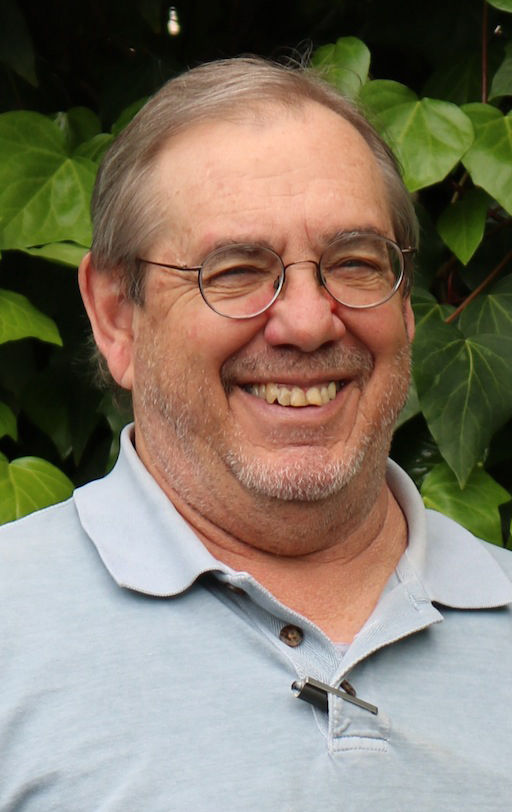As most of us continue to deal with our anger and anxiety over being left in the dark — both figuratively and literally — by PG&E’s massive public safety power shutoff (PSPS), we need to take a breather and remind ourselves this “new normal” is not about electricity or PG&E. Our “new normal” is about wildfire dangers and climate change. Of course, how PG&E manages its massive grid of transmission equipment over 60,000 square miles will impact our safety during wildfire seasons. But we need to focus more on changing our land use restrictions, making better disaster emergency plans, demanding resilient communications systems and reducing our own greenhouse gas footprint. Of course we must also work to hold PG&E accountable for keeping us safe and supplied with reliable electricity, but they are victims like us to this new reality.
Right now, lots of people are playing the “Blame Game,” from the governor to our neighbors, to local officials and among first responders. It’s an easy game to play, because there’s lots of blame to pass around. But maybe we should start with ourselves before we work our way up the list to our local elected officials, state legislators, Public Utilities Commission and, yes, PG&E. We’re not here to cast blame. We’re here to make a chart of necessary actions, responsibilities and demands.
We live in a changed terrain of hotter and more arid conditions with extreme weather changes. These conditions are almost all caused by us. More and more of us live here, and we use more fossil fuels. We caused these changed conditions as much as we might wrongly blame PG&E. We’ve built thousands of houses in wildland-urban interface zones. And, now, we’re doing it again.
Does your household have an emergency Go Box with at least three days of emergency supplies? Have you mapped out evacuation maps and plans? Are you part of a neighborhood COPE, CERT or watch group? Have you cleared a defensible space and removed other fire hazards from your property?
We just learned again last week how unreliable our cell phones and other communication systems can be without power or during a disaster. Are you waiting for PG&E or someone else to tell you to get an AM radio or walkie talkies?
It’s been two years since the October 2017 wildfires and four years since the devastating Lake County Valley Fire. Last week we were stunned to see the lack of clear communication, coordination and preparedness among all our local government emergency services and public utilities including PG&E, AT&T, Comcast and all the others. State Sen. Mike McGuire told the press last week, “the time for accountability is coming.” Sorry; it’s not coming, it’s way past time. Governor Newsom said, “there’s no magic wand here.” We don’t need magic; we need a PUC and public courts to uphold the laws that require utility safety, maintenance and improvements. District 4 County Supervisor James Gore said, “We need to push hard on the state,” and fellow Supervisor Lynda Hopkins (District 5) said, “We need to do more than trim trees.” Maybe so, but why is this taking too long?
We understand our climate emergency and wildfire risks are historic challenges for all of us. We acknowledge there has been some improved disaster prep planning. Sure, we can blame PG&E for its criminal record of customer safety. (The corporation is a convicted felon.) But our county and state government leaders, mostly predecessors, have let PG&E put profits before customers for far too long. The PG&E equipment that caused last year’s Camp-Paradise wildfire was 100 years old. It was all the way back in 1996 when a single squirrel jumped on two wires in Humboldt County and shut off power to millions of properties from Oregon to Baja. Last week we all got mad about PG&E’s intentional blackout. What else have we been doing for the last 25 years?









